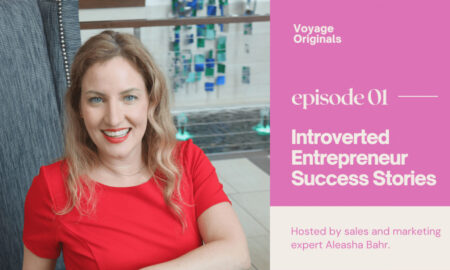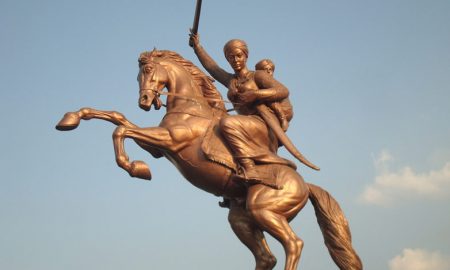

We recently had the chance to connect with Traci Arney and have shared our conversation below.
Traci, a huge thanks to you for investing the time to share your wisdom with those who are seeking it. We think it’s so important for us to share stories with our neighbors, friends and community because knowledge multiples when we share with each other. Let’s jump in: What is something outside of work that is bringing you joy lately?
Honestly, I’ve been on a bit of a Korean food kick. I’ve been making a lot of doenjang jjigaes (soybean paste stews) and some different kinds of tteokbokki among other things. Korean movies and K-dramas kind of sent me down the rabbit hole, and now I’m (slowly) studying the language and learning more about the food culture.
Can you briefly introduce yourself and share what makes you or your brand unique?
I’m a fine art photographer whose work shows in galleries across the U.S., though I also continue with commissions, commercial projects, and weddings. I studied photography at Arizona State University and spent time at Oxford University, which expanded how I think about image, narrative, and place.
My fine art often deals with how we hold on to moments and how those moments shift over time. Many of my pieces are landscapes and oceanscapes created from photographs taken in different places and times, layered until they feel almost dreamlike — a kind of refined memory. Alongside that, my documentary work turns toward parts of our society that are fading — traditions, rituals, and skills that once held communities together.
Recently, I’ve had two solo shows and a two-person exhibition. I was honored to speak at the Bechtler Museum of Modern Art about my approach and work. My images are also featured through next year at the Piedmont Triad International Airport, offering travelers a glimpse of this visual world I try to build.
I’m excited for what’s ahead — more stories to uncover, new places to explore, and deeper conversations about what photographs do to us, and how they keep us connected.
Thanks for sharing that. Would love to go back in time and hear about how your past might have impacted who you are today. What’s a moment that really shaped how you see the world?
I grew up in a really small town, and after I graduated, I got the chance to study abroad. Going from such a tiny, familiar place to Oxford was life-changing. It’s this incredible mix of people, cultures, and ideas — everyone weaving in and out of each other’s lives. There was always something new to learn or explore.
Coming from somewhere so close-knit and insular, that kind of openness was eye-opening. It showed me just how many ways there are to live — and how much richer life becomes when we make space for one another’s differences.
When did you stop hiding your pain and start using it as power?
I went through a really difficult marriage that left me questioning almost everything — my sense of self, my confidence, even the ground I stood on. When that chapter ended, I started finding my way back to myself. I began sharing artwork I’d been quietly creating for years, and that helped me rebuild my footing.
That experience — moving from chaos to rediscovery — has become the heart of my work. What I create now is fueled by that time, but it’s also about growth, resilience, and the beauty that comes after. Getting back into the art world reminded me that creation isn’t just expression — it’s healing, and it’s power.
Sure, so let’s go deeper into your values and how you think. What important truth do very few people agree with you on?
I think we’re losing our shared sense of what’s real. We’ve been on a slippery slope for a while — shifting from “the truth” to “my truth”. And now, AI has gotten so good at creating believable images, stories, even people, that it’s starting to blur our understanding of what’s actually true. When every version of reality looks convincing, it’s harder to find common ground.
That’s where I think art still matters deeply. Photography, at its best, admits its own bias — it shows the hand of the maker. AI doesn’t do that. It can imitate emotion, but it can’t feel it. And that difference means everything.
Okay, we’ve made it essentially to the end. One last question before you go. What do you understand deeply that most people don’t?
I think art really matters — like, it really matters. My son’s in high school now, and seeing the difference between his art education and what I had growing up has been shocking. We keep treating art like it’s optional, something extra, when it’s actually the foundation of how we think and connect.
Every culture since the beginning of time has made art — from cave paintings to symphonies — as a way to communicate, to record history, to understand one another. And there’s real science behind it: students involved in the arts do better in math, problem-solving, and critical thinking because creativity lights up parts of the brain that memorization never touches.
But we’re defunding it into oblivion. When you look at cultures like Japan, where art and craftsmanship are deeply respected, you can see a direct link between that investment in creativity and the emotional and communal strength of the culture. I think that connection is fading here — and that loss matters, not just for artists, but for everyone.
Contact Info:
- Website: https://www.traciarneyphotoart.com/
- Instagram: https://www.instagram.com/traciarneyphoto/
- Facebook: https://www.facebook.com/traciarneyphotography
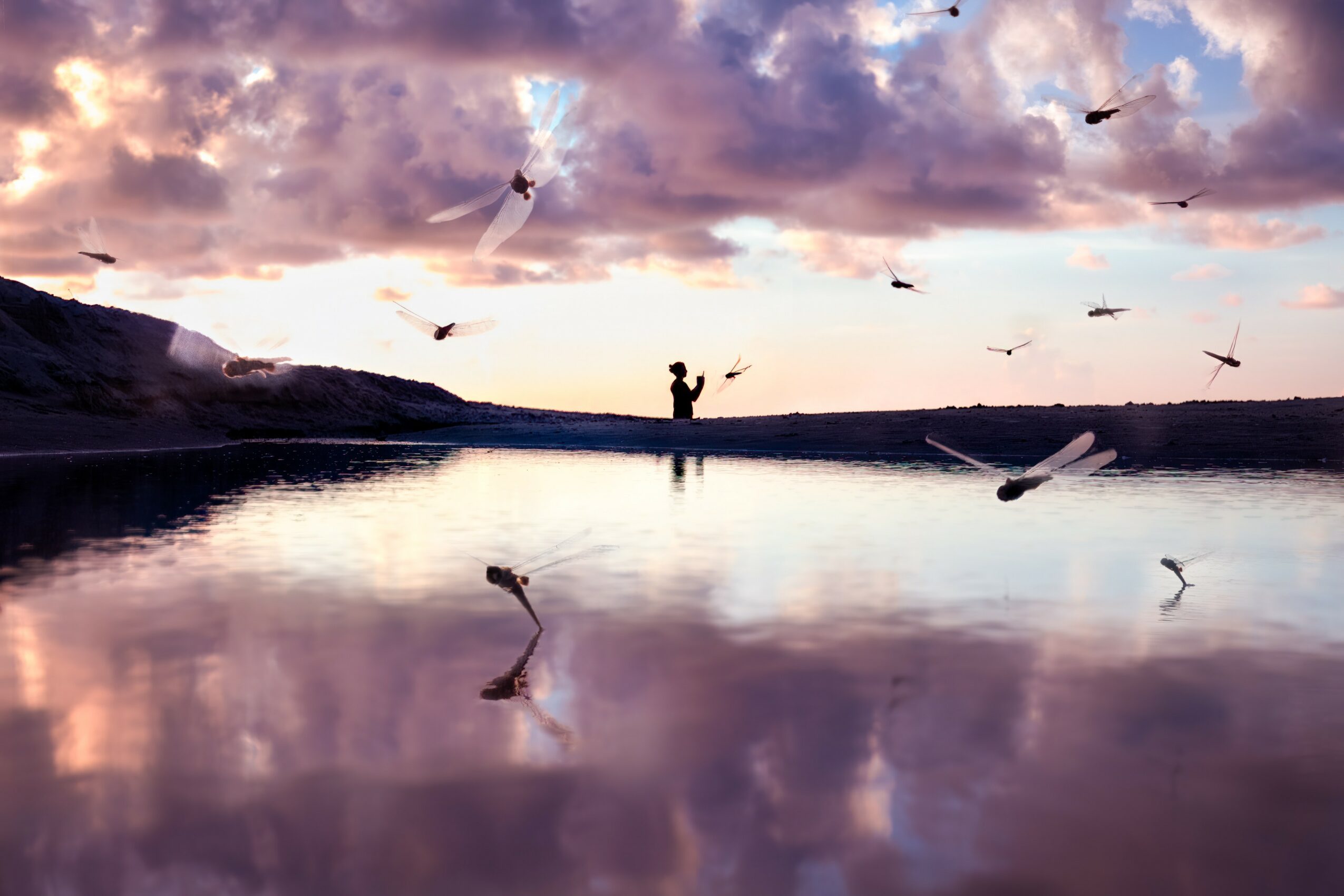

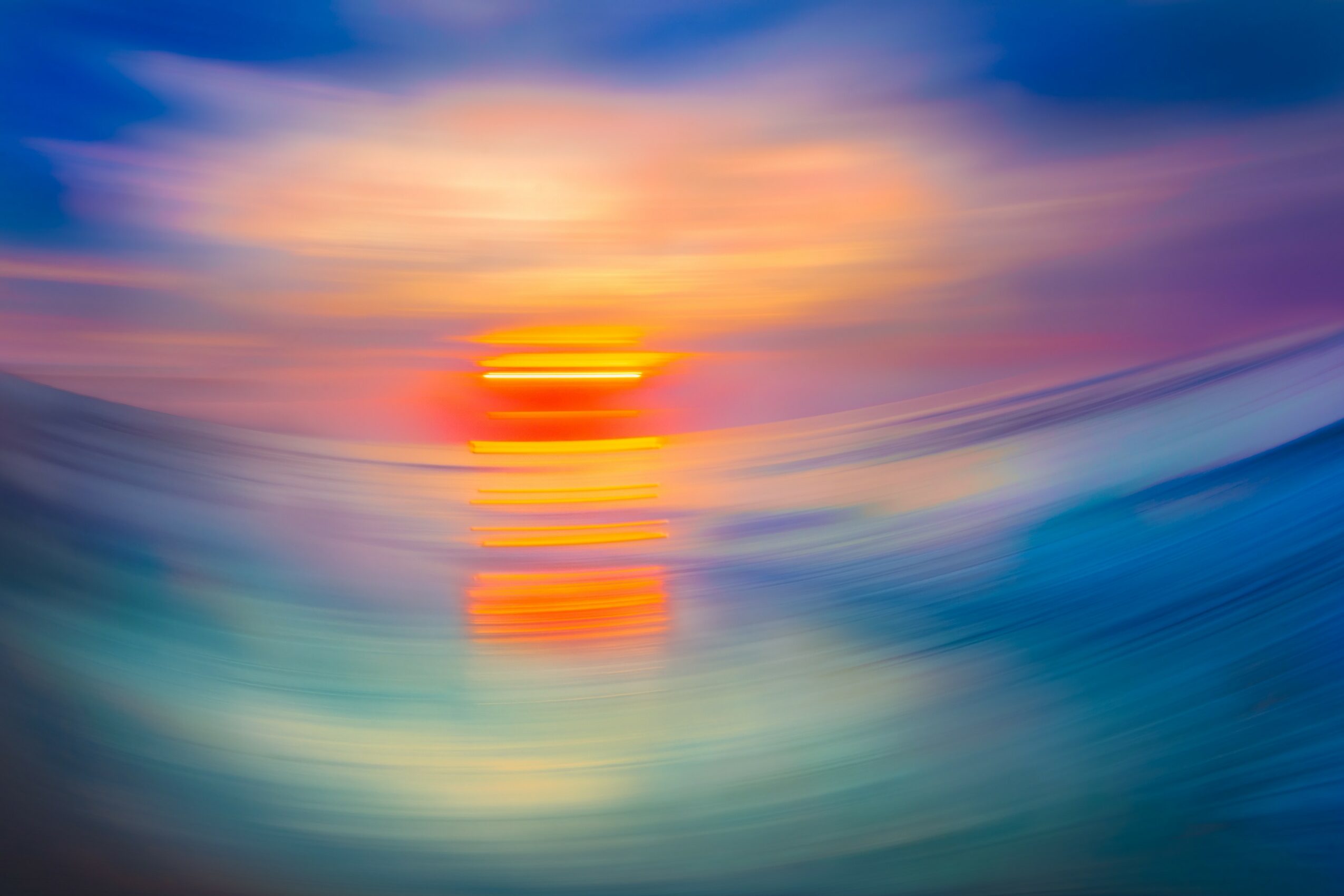

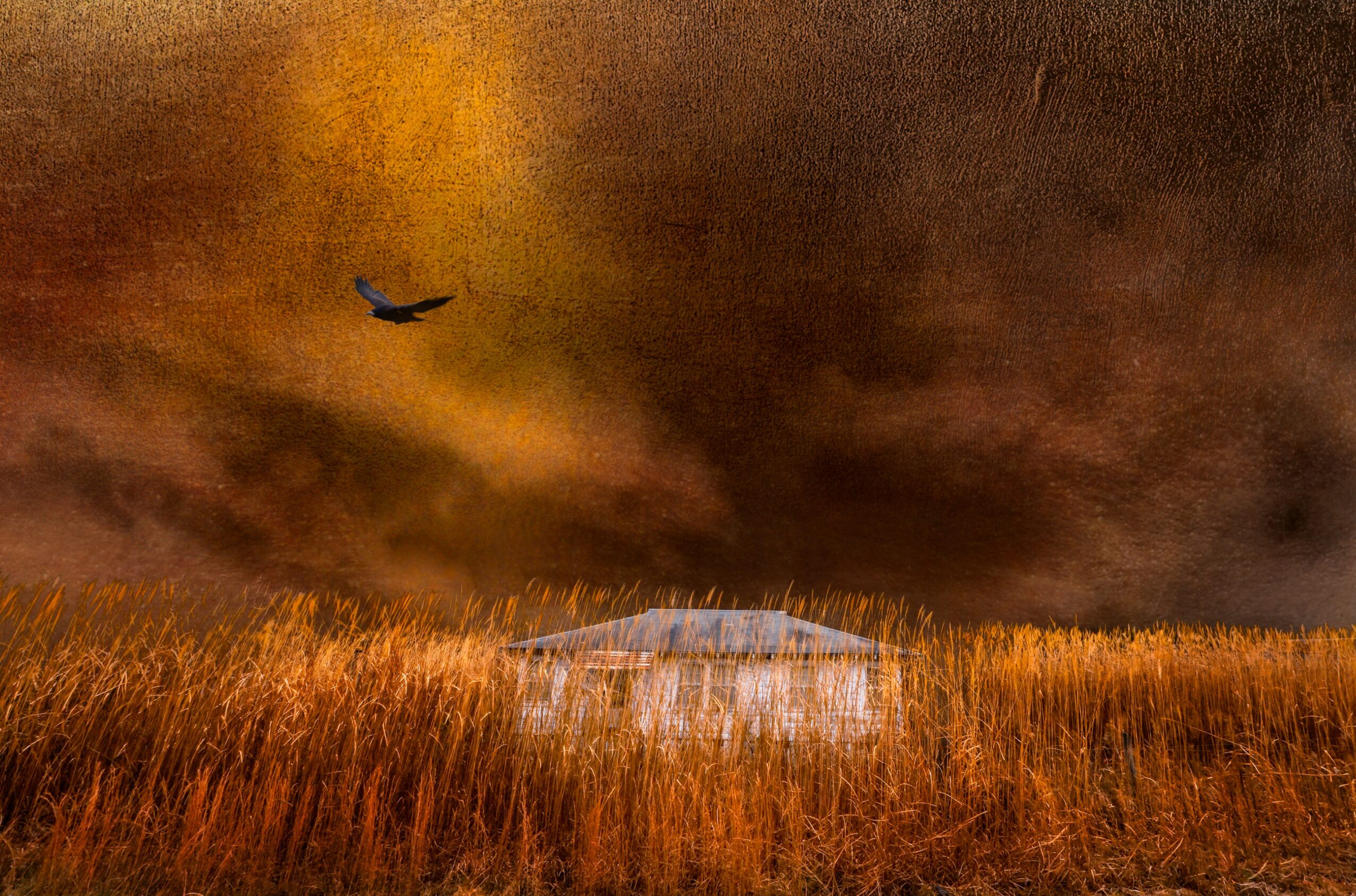



Image Credits
© Traci Arney Photography



